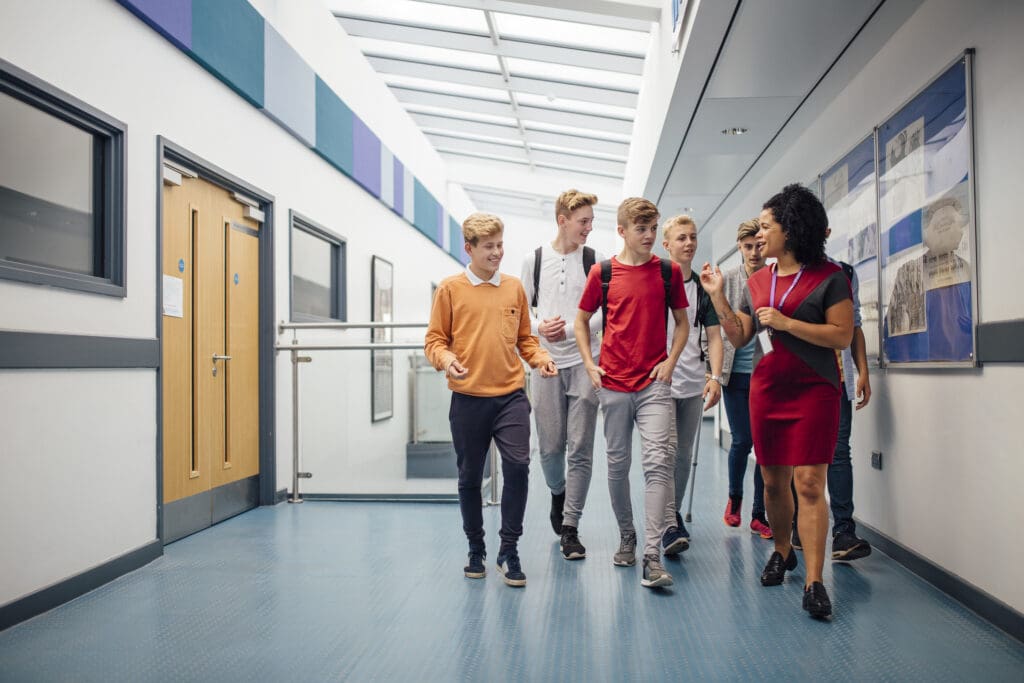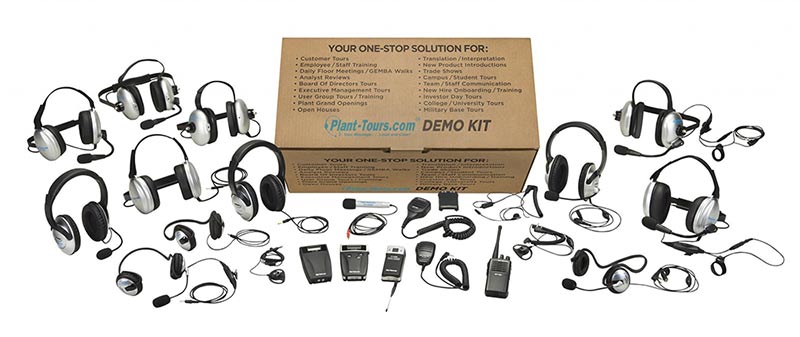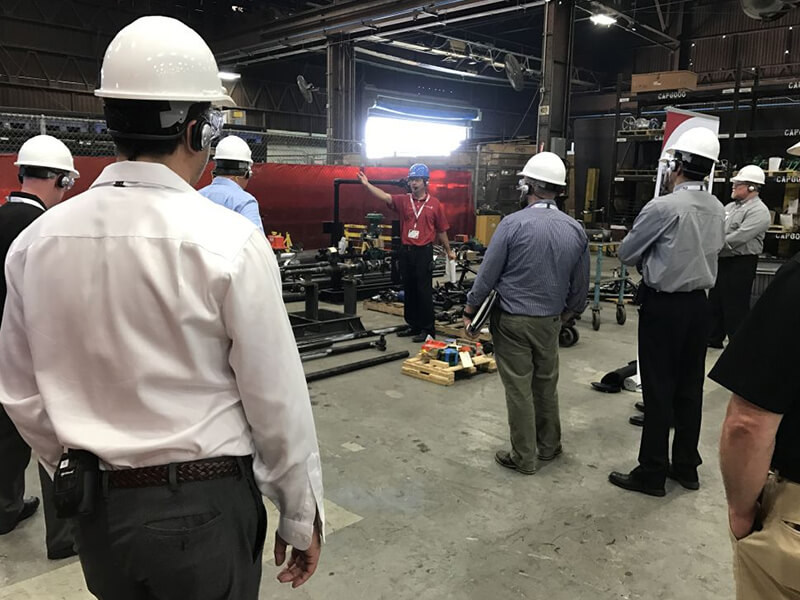Translation and Interpretation Devices for Schools
Many schools struggle with communication due to language barriers which can make academic progress difficult. Overcoming these language barriers is essential for learning and integration, but it’s not always easy for schools to bridge this communication gap. The answer for many schools is to invest in translation and interpretation equipment. I have seen how translation or interpretation systems break down language barriers and improve the learning experience for students by promoting an inclusive learning environment where students can communicate without barriers.
School districts are always hesitant to invest in new equipment with their limited budgets, but the feedback we receive is overwhelming in terms of the positive outcomes and benefits experienced. Translation and interpretation devices can greatly improve communication in schools with diverse student populations as language barriers can be a significant communication challenge. Translation and interpretation devices have a proven record in terms of improving comprehension, communication, engagement, and access to resources.
Important Applications of Translation Devices in Education
Translation devices can be incredibly useful in certain educational settings such as parent-teacher conferences. They allow for seamless communication between those who speak different languages and can enhance school events and assemblies ensuring everyone can understand and fully participate. They are also beneficial for school tours and trips. Plus, they can facilitate communication in multilingual classes so students who are learning a new language can better comprehend the course. Schools should embrace the use of translation equipment as part of their language access policy.
Parent/Teacher Meetings
For effective communication during parent-teacher conferences translation devices are essential as they allow parents to understand the conversations so they can become more involved. This makes them feel more connected to the school community and more likely to get involved in school activities and supporting the students at home. Students tend to thrive when parents participate in their educational goals.
Assemblies and Events
Translation devices ensure inclusivity and participation during assemblies and special events. Enabling better understanding of the event and the presentations encourages students to actively engage and benefit. Difficulty in understanding what is going on can lead to boredom and poor behavior. Parents may avoid attending if they think they won’t be able to understand or participate.
School Tours
School tours can be greatly enhanced using a tour guide system with translation capabilities as they allow all students to fully understand the significance and history of the places they visit. This means students are more likely to enjoy the tours and learn from the experience. It can also be a great recruitment tool for prospective students who may be looking for a place to feel welcome.
Multi-lingual Classes
Multilingual classes can use translation devices to ensure that all students can experience the class in their preferred language, such as Spanish. This enhances learning and inclusivity, while helping to foster a sense of unity and inclusivity among multilingual learners. It’s essential to hear and be heard in a learning environment, regardless of your native language.

Benefits of Translation Equipment in Education
The benefits of translation equipment in education include improved communication and understanding, the promotion of inclusivity, the encouragement of participation, facilitating comprehension, and increasing accessibility for all.
Improved communication and understanding
Translation devices can enhance communication and understanding among students in schools by bridging the language barrier, facilitating comprehension, and encouraging participation. Students who speak different languages can use translation devices to understand and communicate with each other whether it’s translating from English to another language or vice versa. Students can express themselves in their native language via two-way communication systems which boosts confidence and encourages active participation in discussions and activities.
Increased accessibility and inclusivity
Translation devices play a significant role in ensuring that all students can fully participate in class discussions and activities regardless of their language skills or hearing ability. Real-time translations of lectures and discussions enable all students to understand and engage with the curriculum.
Enhanced educational experience for all students
Translation devices enhance the educational experience in several ways:
-
- Improved understanding – enable students with limited English proficiency to understand lectures by providing a translation in their native language.
-
- Enhanced communication – facilitate effective communication so students and teachers from different linguistic backgrounds can ask questions and engage in meaningful discussions.
-
- Increased engagement – students tend to engage more in the classroom if they can follow along with the lesson content and actively participate.
-
- Equal opportunities – ensure that all students have equal access without language barriers so all can thrive academically.

Best Interpretation Equipment Setups for Schools
When choosing the right translation or interpretation equipment setup for schools, several factors should be considered including the required range, audio quality, and the ease of use for students. It’s also important to know whether you want to employ simultaneous or consecutive interpretation.
Choosing the right translation devices
The ideal interpretation and/or translation equipment set up for schools will vary depending on the specific needs and requirements of the school, the students, and the staff. Some device options to consider include Bluetooth capability, earpiece options, FM receivers, Bluetooth or wireless translation systems, and noise-cancelling headsets.
Range and Audio Quality
Consider the range required and choose a system that can cover the entire area so everyone can hear the translation clearly. Audio quality is connected to the system range, as the closer you get to the maximum range the less clear the sound quality will become.
Human vs Software
Although many schools will use a multilingual member of staff to translate in real-time for students, there are software options such as Microsoft Translator for Education which can provide real-time translation in multiple languages along with the ability to caption live conversations with speech-to-text translation and for live presentations can choose live, captioned, and translated presentation. So for example a lecture can be given in English to students who only speak Mandarin and the software will translate the speech in real time and also caption it onscreen.
Conclusion
Integrating translation and interpretation devices in education fosters inclusive environments and overcomes language barriers. Investing in this technology empowers students to actively engage and ensures equal access to resources. There are many positive outcomes, including improved communication and heightened engagement. From parent-teacher conferences to multilingual classrooms, these devices enrich the educational experience for all stakeholders. Embracing translation technology enhances academic outcomes and nurtures unity among diverse student populations. As our world becomes more interconnected, adopting these devices is key to fostering a truly global learning community.







